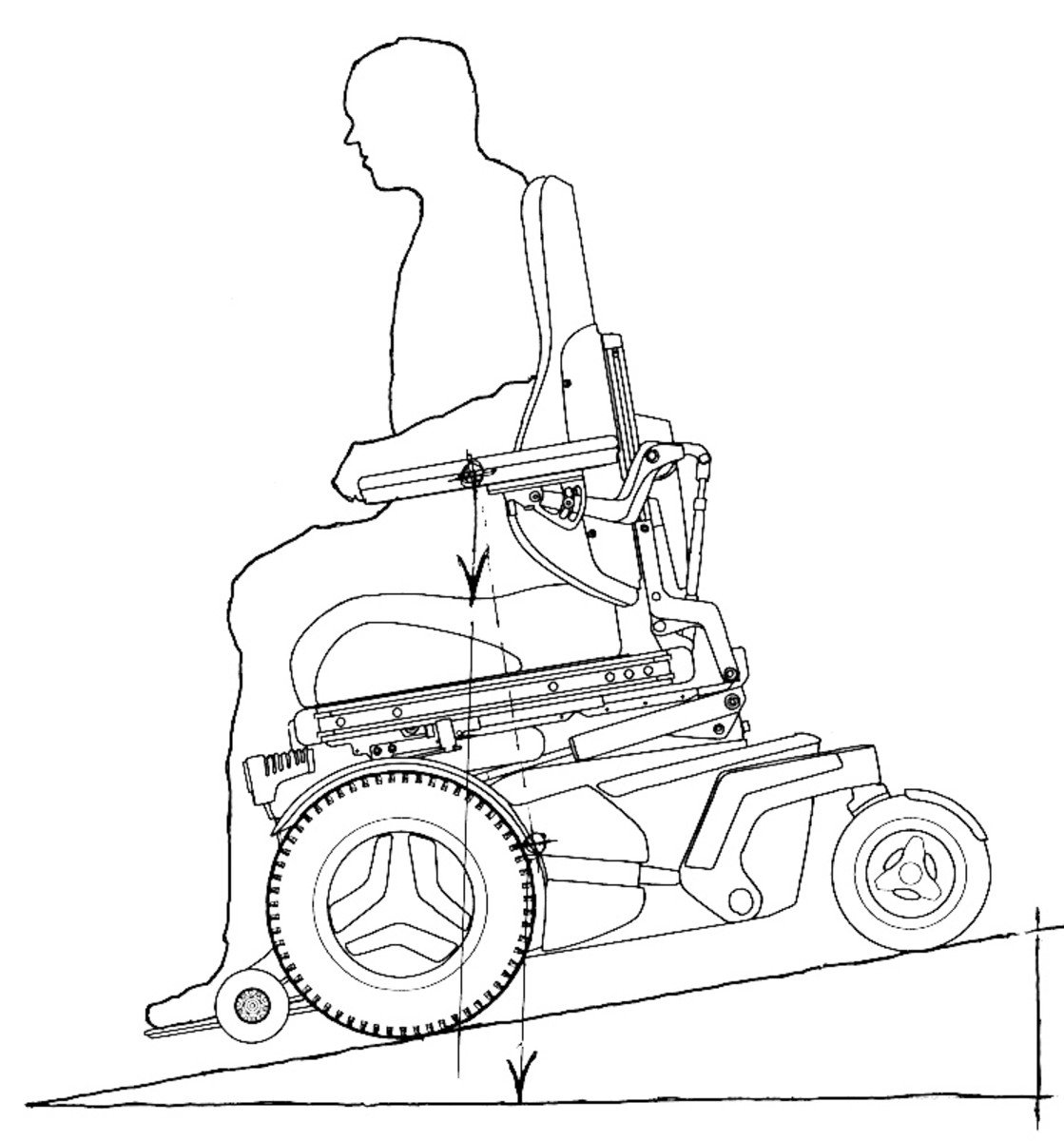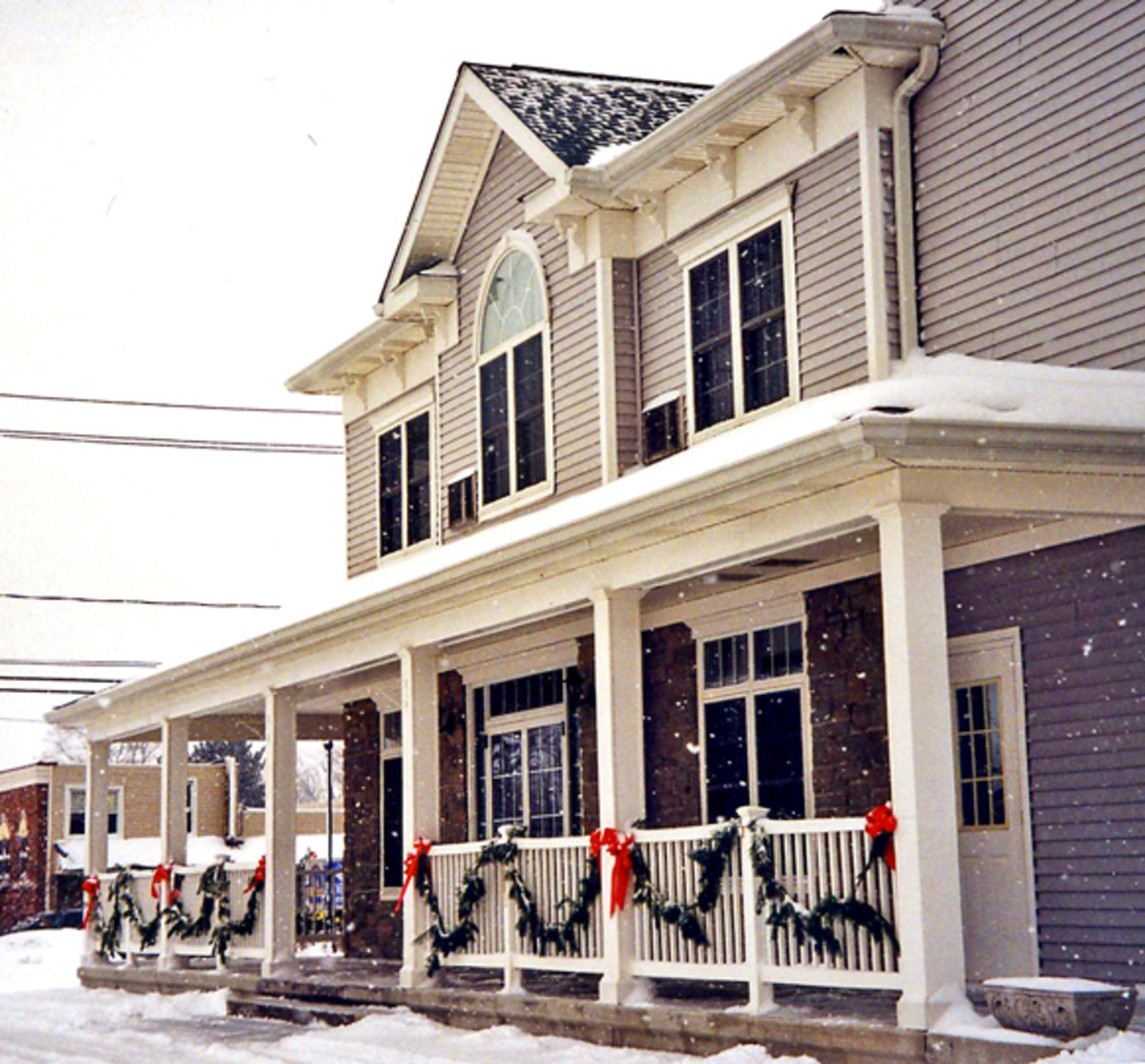History and Theory of Human Environments
The Evolution of Architectural Style
Dating back to around six or seven thousand years ago, a detailed record of prehistoric remains and primitive people can be studied through anthropology. The shelters in this time primarily were transported with the human beings, as they traveled and hunted for food frequently. Around 3500 B.C.E., the first civilizations were adapted into the culture of Sumerians with the main discoveries being agriculture and fire. In North America, Native Americans had established communities, developed agriculture, and built fixed settlements. From c. 550 C.E. to c. 1300 C.E. the tribe Anasazi dwelled in the southwest region of the U.S., specifically Mesa Verde, Colorado. As many as two hundred rooms were built on a cliff edge, used for shelter and cult ceremonies and is referred to as the Cliff Palace.
Now let’s fast forward a couple hundred years to the Industrial Revolution of the eighteenth century. Firstly developed were the steam engine and railroad which aided in transportation of goods from country to country. Production of these goods increased with the technology at hand as well. Advances begun to take place for interiors; plumbing, toilets, running water, bathtubs, showers, coal-fired furnaces, register vents, heated water, oil lamps, piped gas, piped water systems, glass, and cast-iron kitchen ranges all came to be. The availability of iron introduced new avenues of transportation, including locomotives and railroads as well as ships and bridges. Since the eighteenth century, new concepts and new advancements in technology inevitably rethinks old into new possibilities.
Anthropometric and Ergonomic Influences in the Design Process
The scientific disciplines of engineering, psychology, anthropology, and physiology were adapted during the industrial revolution; time and motion engineering emerged, as well as human engineering. This concept provided a connection between the human and the mechanical workspaces based on human factors and measurements of stature. These studies can be referred to as ergonomics, an application of all human factors and factors that affect human performance in man-made environments. This term derives from the Greek, ergos (work) and nomos (natural laws). Ergonomics covers anthropometry by using measurement systems, by sampling the population, by plotting body dimensions into percentiles and by human variations.
Human variability is comprised into three categories. This range of diversity could be problematic for the designer. Intra-individual is the first category which relates to general size changes through-out life caused by age, nutrition, movement, or the environment. The second category in human variations is the inter-individual. This category covers humans of different sex, ethnicity, and race. The last category has a limited effect on the designer since secular variability occurs quite slowly from generation to generation.
Ergonomics also covers measurements of elderly people as well as accessibility options for differently abled people. Residential spaces typically include bedrooms, kitchens, dining rooms, and baths. Careful considerations of whom you are designing for can be enhanced further by applying ergonomics and accommodating the personal means by which they see, think, and act.
The Impact of Design History on Current Trends
Interest has increased in preservation of older buildings since the last decades of the twentieth century; inspired to preserve and reuse these older structures in response to the waste and loss of destruction. As technology advances, architects and engineers are finding ways to build and gain desired functions of design with a minimal demand on the environment. Green building suggests more dependence on natural daylight and ventilation as well as solar heat and solar energy.
The U.S. Green Building Council provides Leadership in Energy and Environmental Design. One key area of LEED is innovation in design which recognizes and rewards individuals who exceed the expectations of LEED, creating a holistic and integrated design. The U.S. Environmental Protection Agency has estimated that 90% of people spend their day indoors; this furthers the need for sources of natural light, outdoor views and proper acoustics, to promote better health for the individuals entirety.
Works Cited
Pile, J. A History of Interior Design - 3rd Ed. . New Jersey: John Wiley & Sons; Laurence King Publishing Ltd. , 2009.
Tilley, A. The Measure of Man and Woman: Human Factors in Design, Revised Ed. New York: John Wiley & Sons, Inc., 2002.










